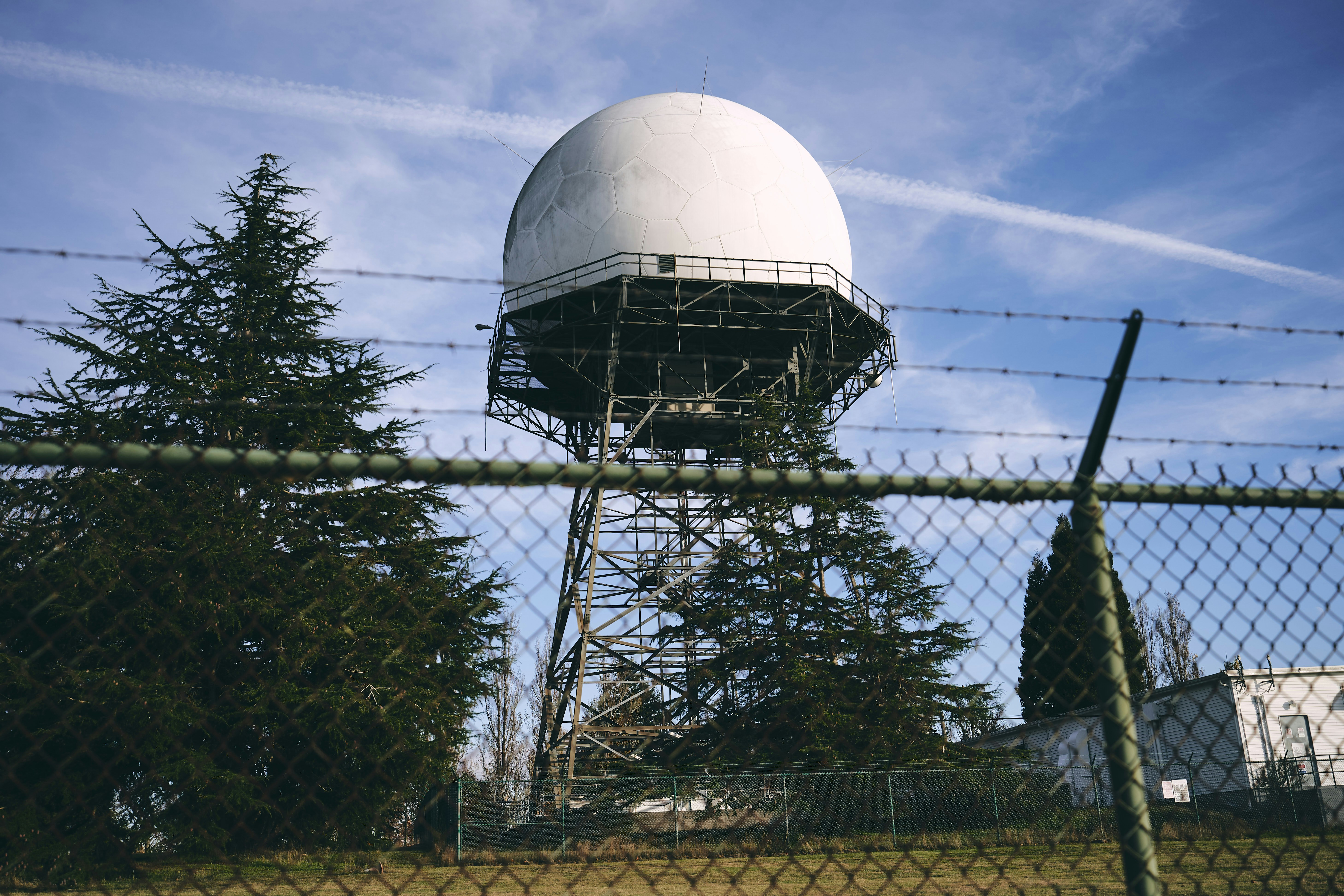
Space Sector Jobs Skills Radar 2026: Emerging Tools, Technologies & Platforms to Learn Now
From launch vehicles and CubeSats to space-based communications, climate monitoring, and lunar exploration—UK space jobs are entering a bold new era. With government investment, private capital, and ESA partnerships driving growth, demand is surging for professionals with the right skills to build and sustain this expanding space economy. Welcome to the Space Sector Jobs Skills Radar 2026—your annual guide to the engineering tools, simulation platforms, programming languages and mission technologies that UK employers are prioritising. Whether you're an aerospace graduate, software engineer, or systems integrator, this radar helps you target the future of UK space careers.


